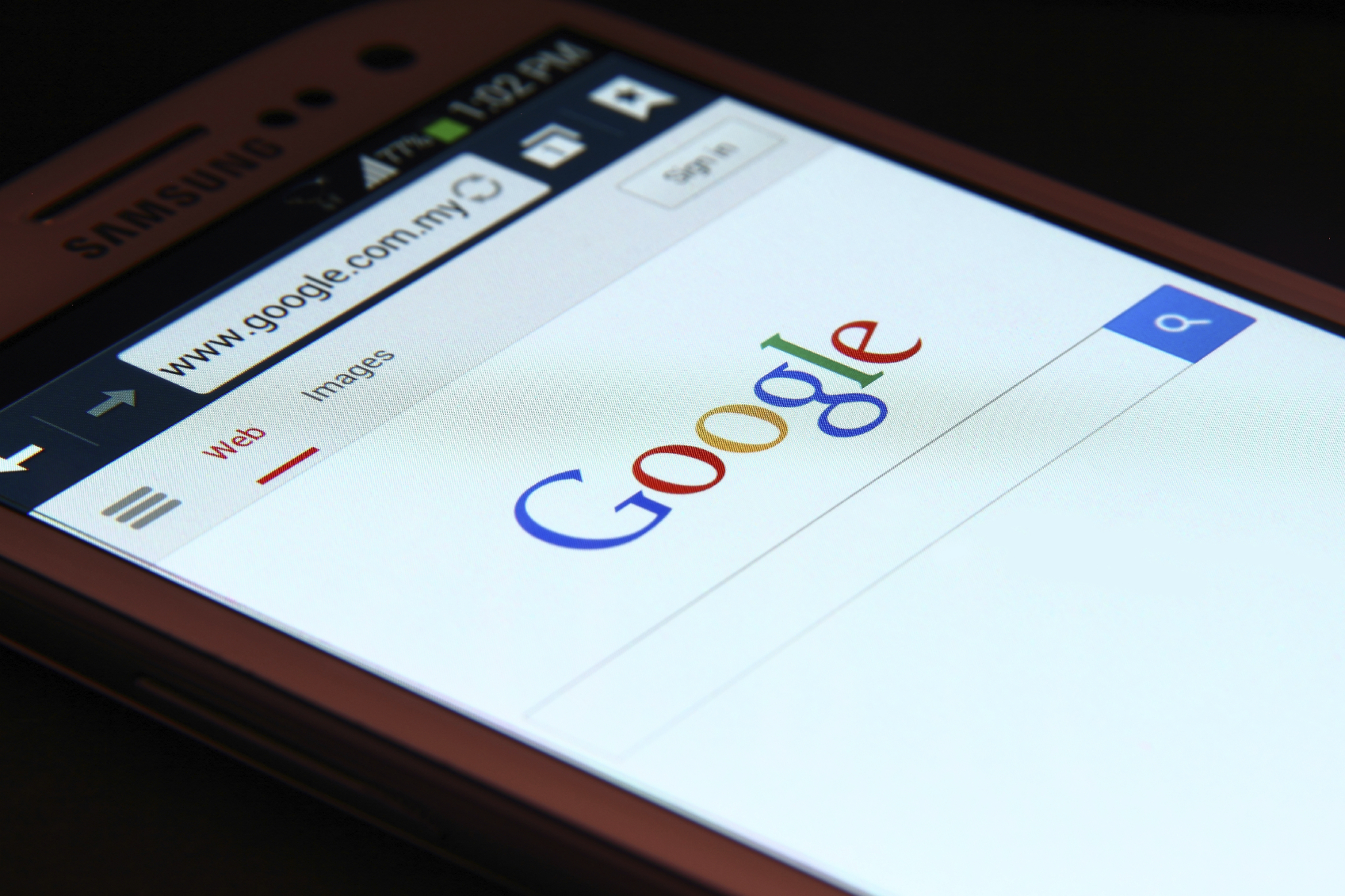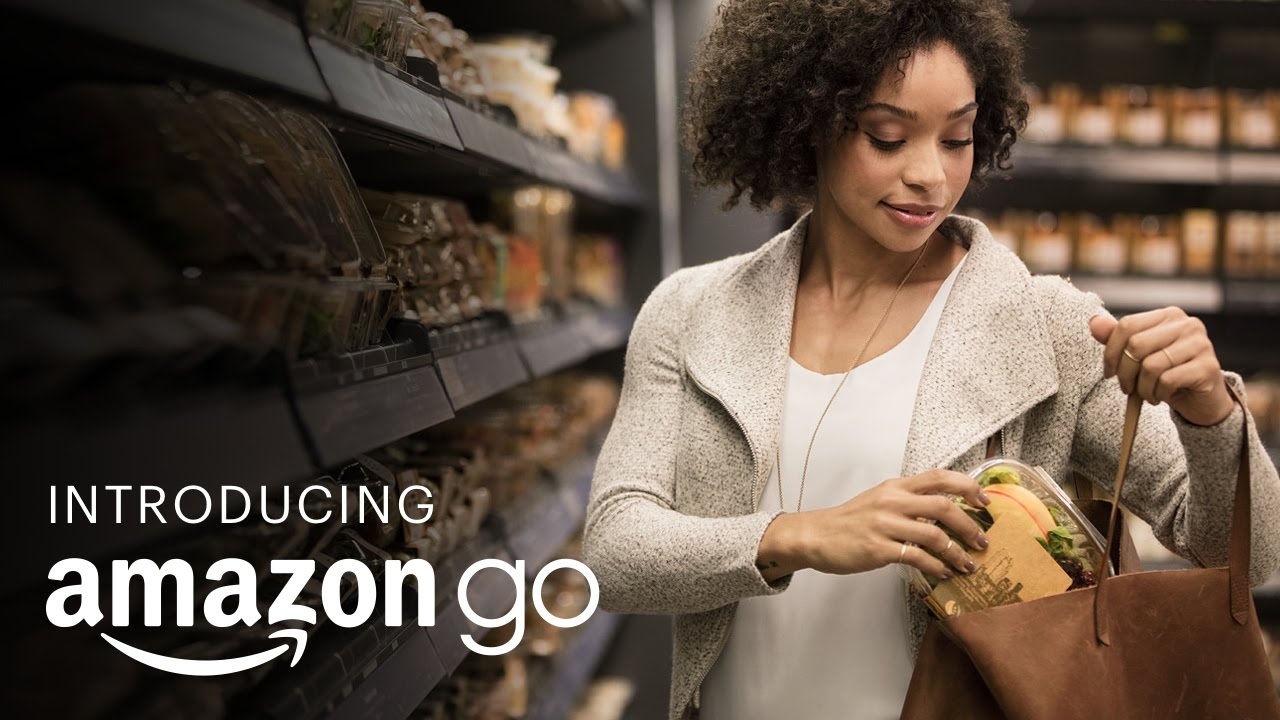What Happened
Following the addition of “Similar Items” in image search earlier this week, Google is doubling down on surfacing related fashion products with a new “Style Ideas” feature. For fashion search results in the Google Android app and on mobile browsers, this feature will present a set of visually similar items, outfit montages, as well as real-life images featuring that item. The end result is somewhat akin to a Pinterest board created around that specific fashion products. Google says the “Style Idea” images are algorithmically selected without human involvement, using Google’s machine learning capabilities to identify the images featuring the product in question.
What Brands Need To Do
As the follow-up to “Similar Items,” this new feature indicates Google’s ambition in turning image search into a fashion shopping tool. While “Similar Items” only covers fashion accessories and shoes, “Style Ideas” will show up in the image search results for apparels. Together, these two features revitalize image search as a viable product discovery channel that fashion brands will need to pay attention to. While this feature currently runs on machine learning algorithms and is not monetized in any way, it is not hard to imagine how this could easily become a new ad product where fashion retailers selling the same items can bid to appear first.
Source: The Verge


